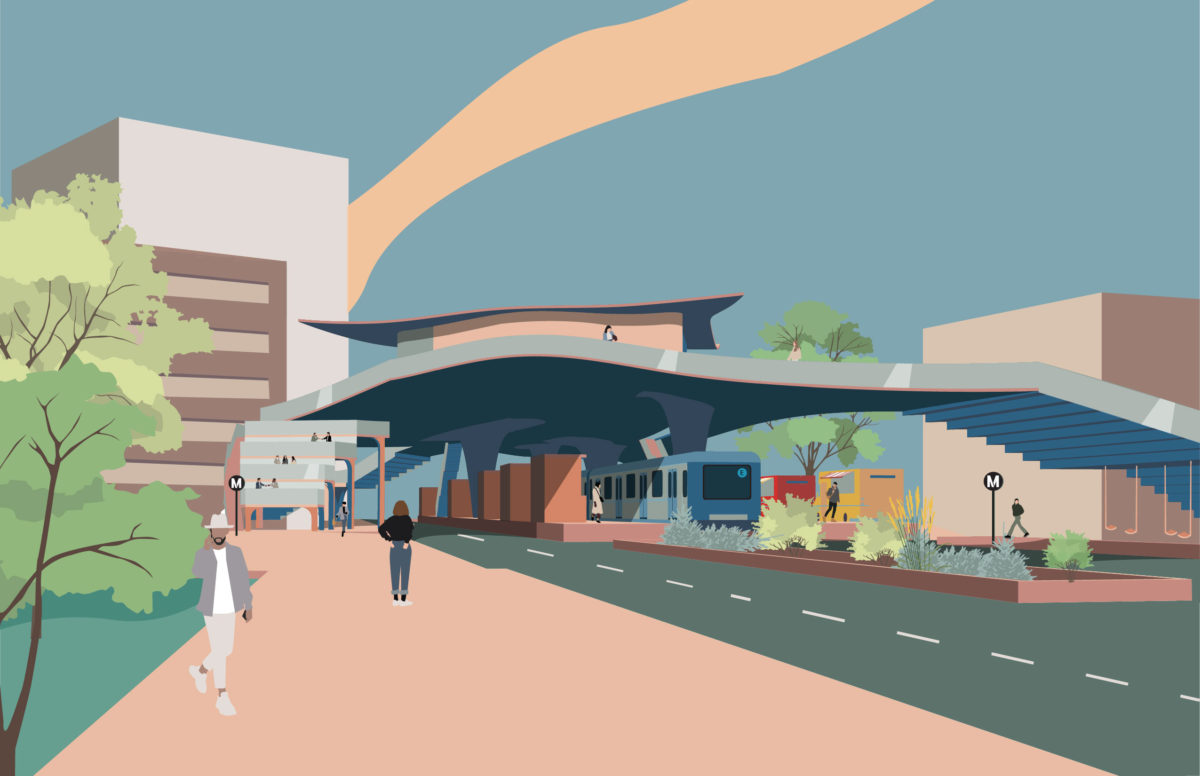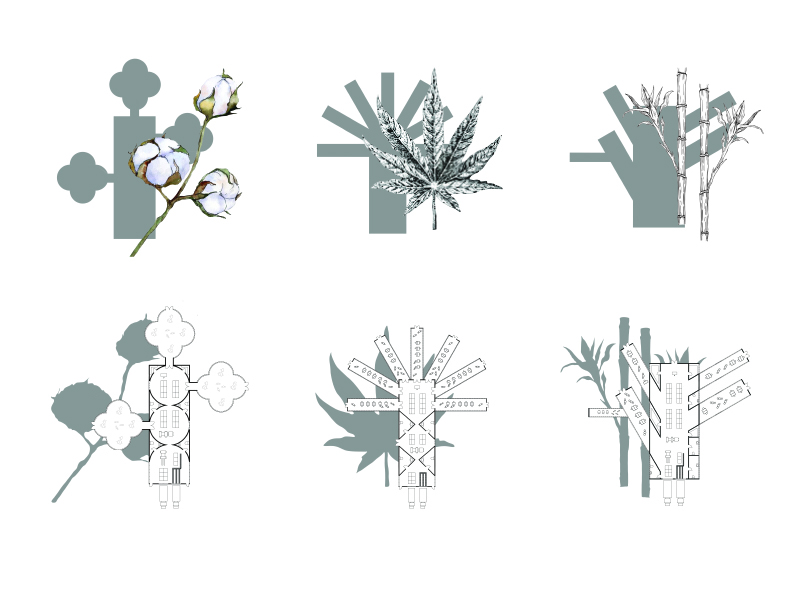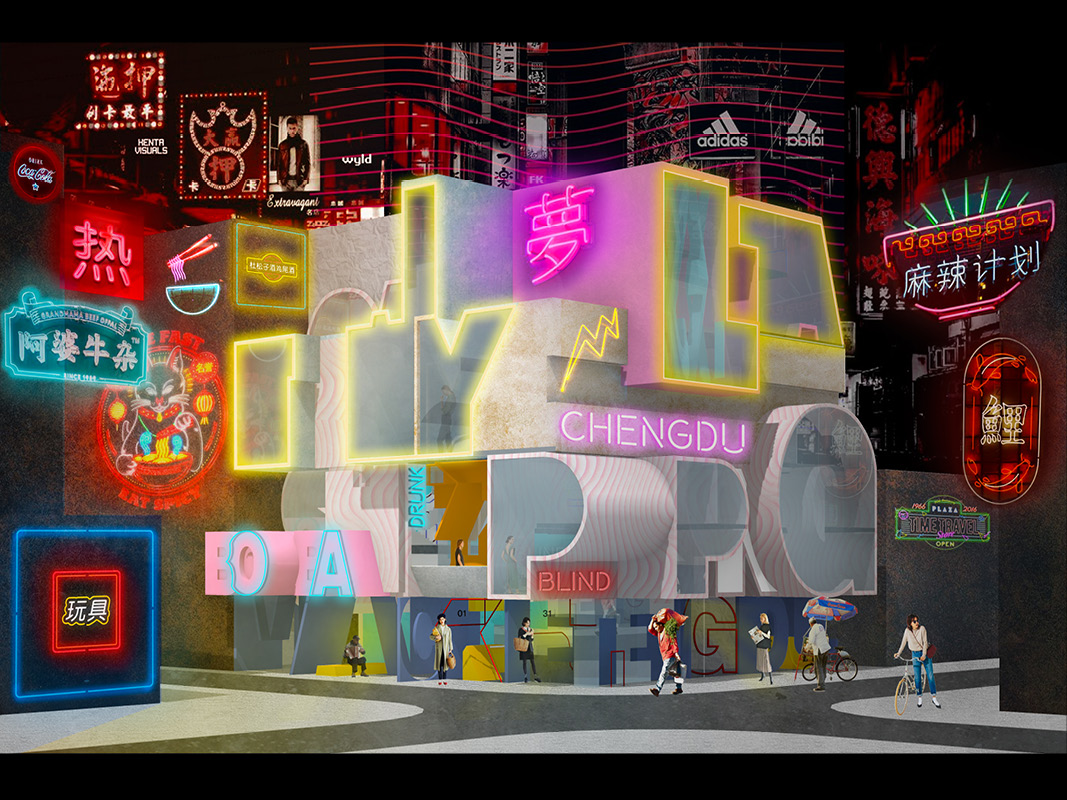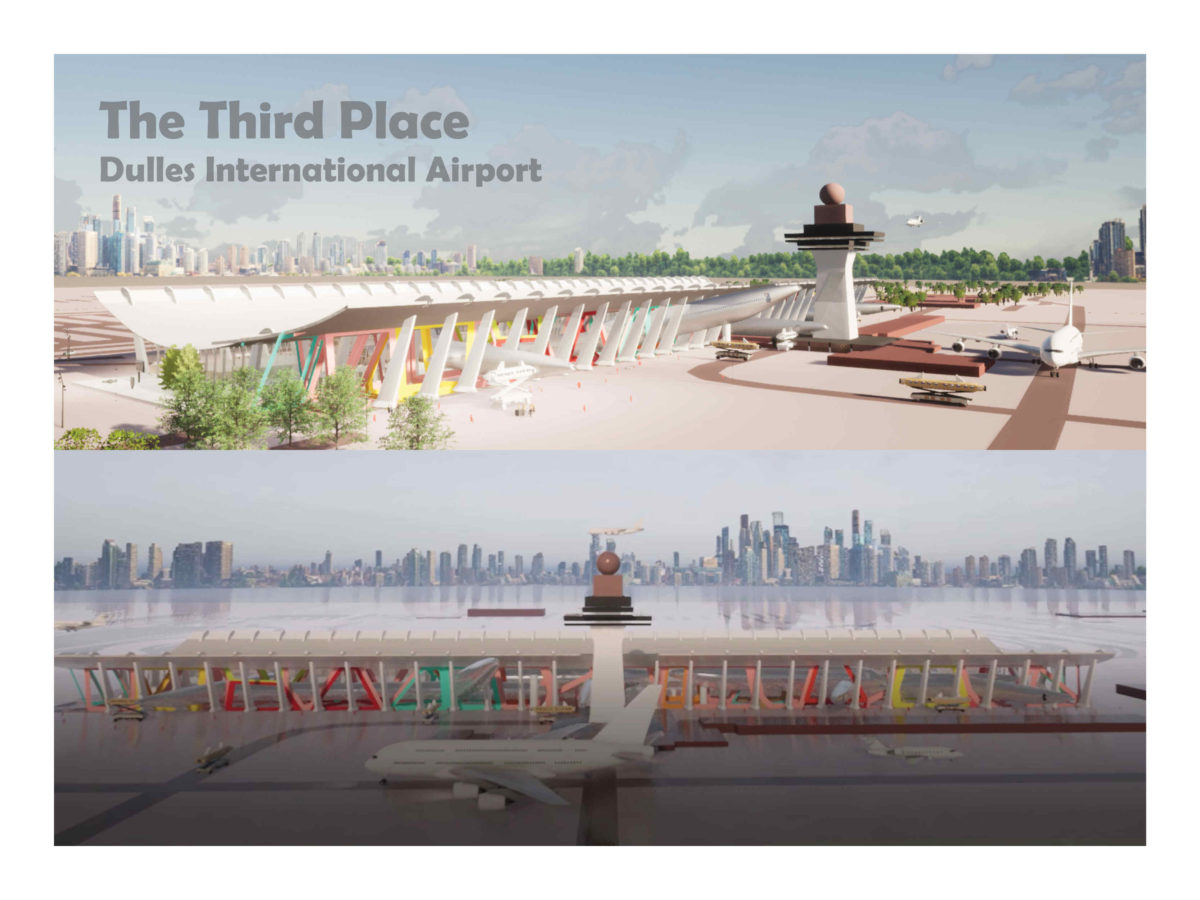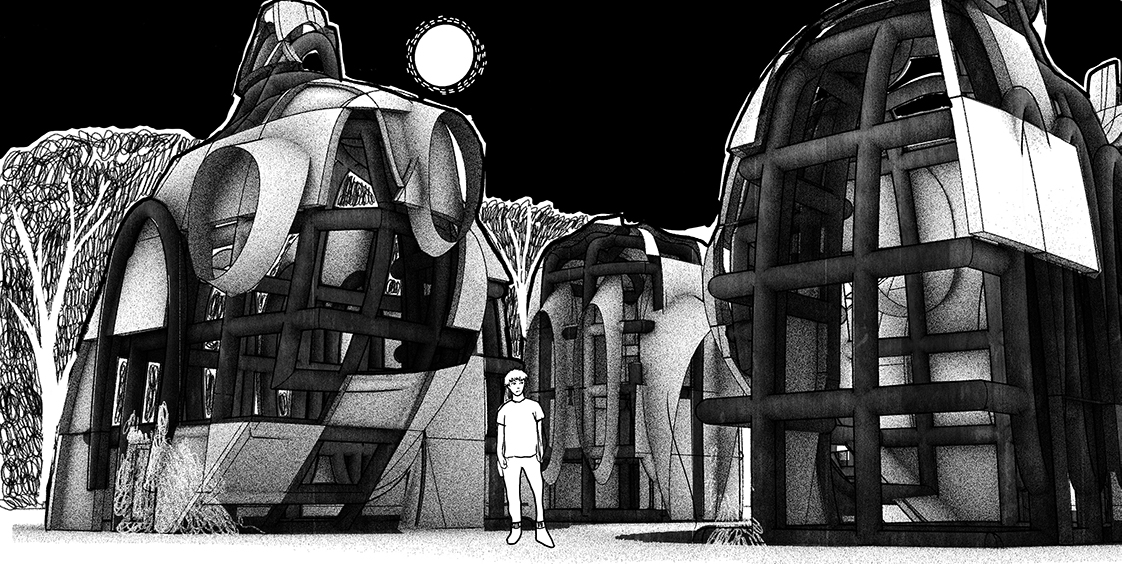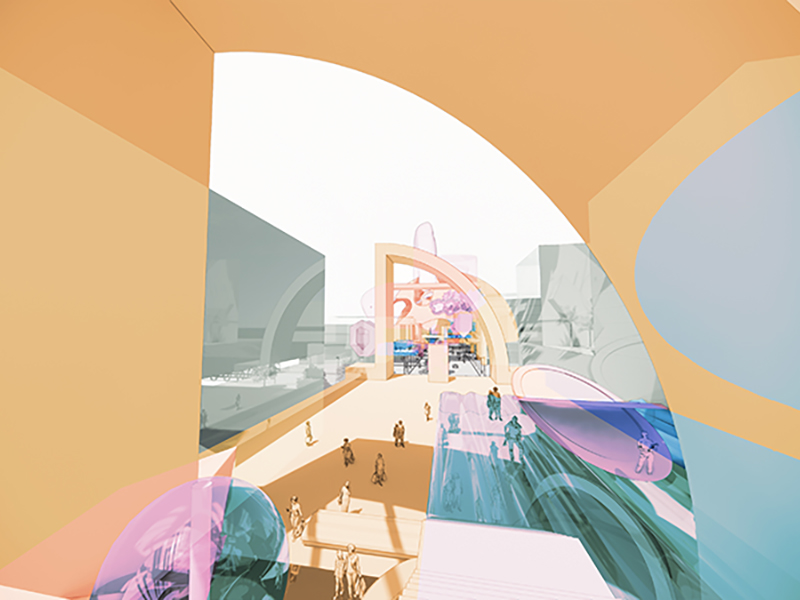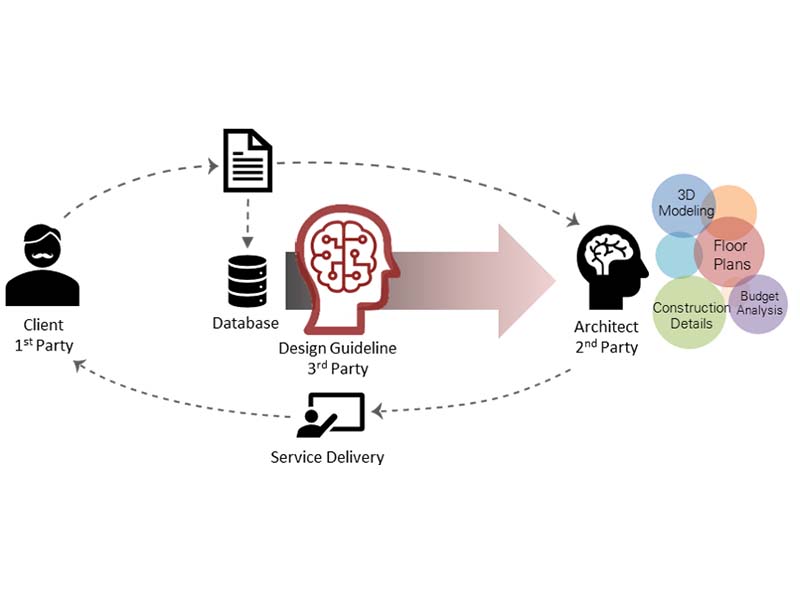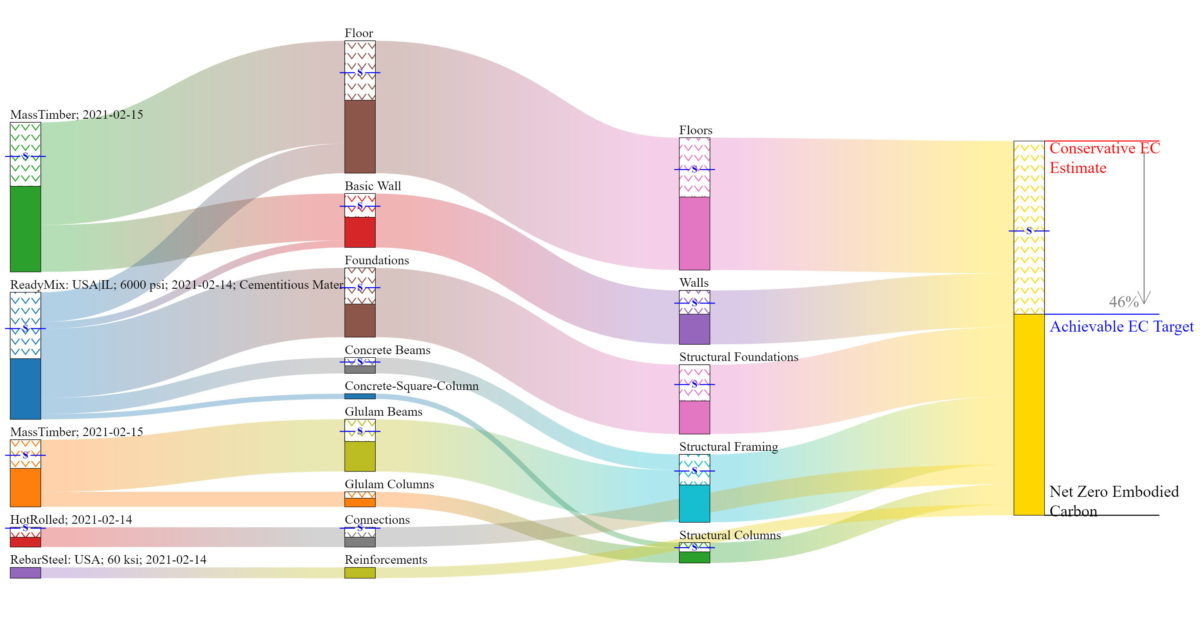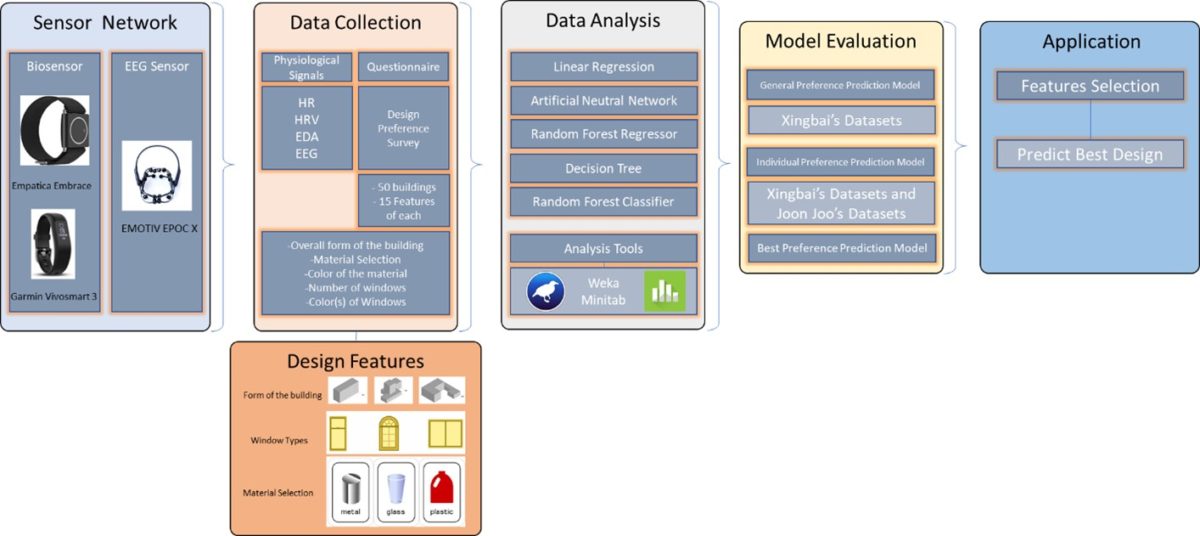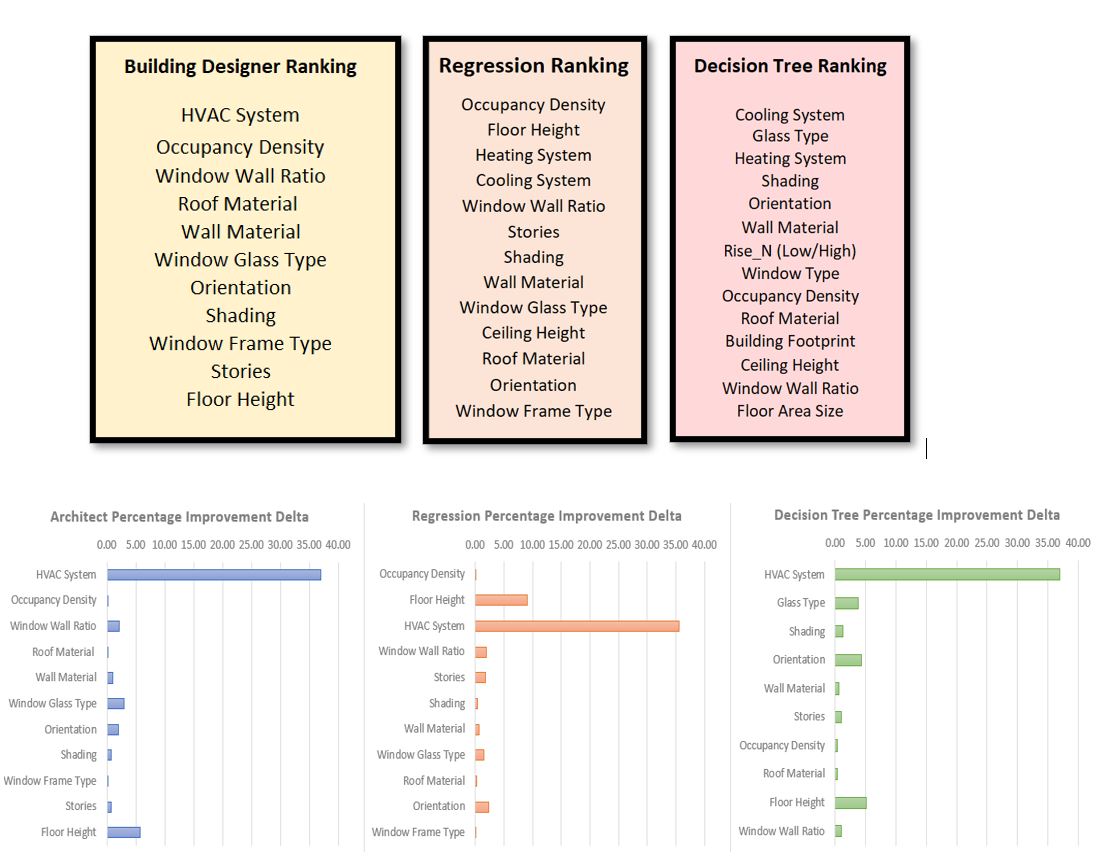Airports are unique transitory spaces that exist outside national, political, and economic borders. This thesis aims to build on the neutral identity of the airport and consider it a “third place” destination for global citizens. The project proposes a visa-free, duty-free, and discrimination-free zones within Dulles International Airport where security, customs and social regulations are relaxed or eliminate in order to encourage global interactions, scientific research, and contentious political conferences. In the midst of a global pandemic, this third place would also function as an ideal quarantine space where individuals can stay without entering the country.
